Pet Heat Safety: A Fun Summer STEM Experiment for Kids
By Little Medical School
As temperatures rise, it’s not just humans who feel the heat—our pets do too! At Little Medical School, we believe in teaching young minds how to care for both people and animals, and that includes keeping them safe during the hot summer months.
That’s why we love this simple, hands-on STEM activity that teaches kids about pet heat safety through observation, experimentation, and critical thinking. It’s science in action—with a real-world lesson in empathy and animal care.
The Pet Heat Safety Experiment
Objective:
Help children understand how direct sunlight affects pets, and why providing shade and hydration is critical in the summer.
Materials Needed:
- 2 toy animals or stuffed animals
- A thermometer (digital or infrared works best)
- A sunny outdoor space and a shaded area
- A timer or stopwatch
- A clipboard or notebook for recording data
Instructions:
- Place one stuffed animal in a sunny spot and the other in a shaded area.
- Wait 5–10 minutes.
- Use the thermometer to measure and record the surface temperature of each animal.
- Discuss the difference—why is one hotter than the other?
- Extend the experiment: try misting one toy with water or placing it on different surfaces like grass vs. pavement. How do those changes affect the temperature?
What Kids Learn
This activity isn’t just fun—it’s a mini science lab in the backyard! Kids discover how heat affects animals differently from humans. It opens the door to conversations about:
- The dangers of hot pavement on paws
- Signs of overheating in pets (e.g., excessive panting, lethargy)
- Simple ways to keep animals cool (shade, water, shorter walks)
Real-World Connection
After the experiment, challenge your little veterinarians to create a “Pet Summer Safety Guide” with tips for keeping pets safe in the heat. You’ll be amazed at how quickly they take on the role of caretaker and advocate.
At Little Medical School, we know that the best learning happens when it’s hands-on, heart-centered, and rooted in real life. This summer, try this easy experiment and help your child grow their love for animals—one sunny day at a time.

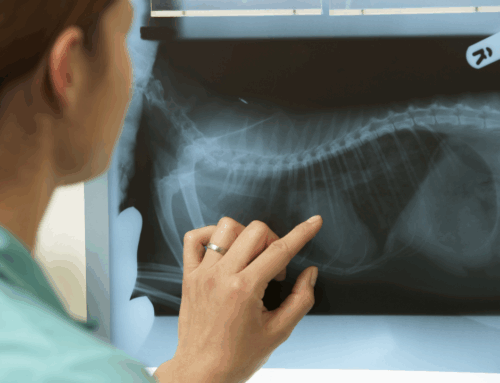
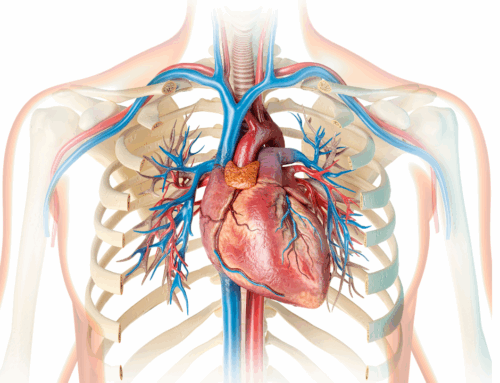
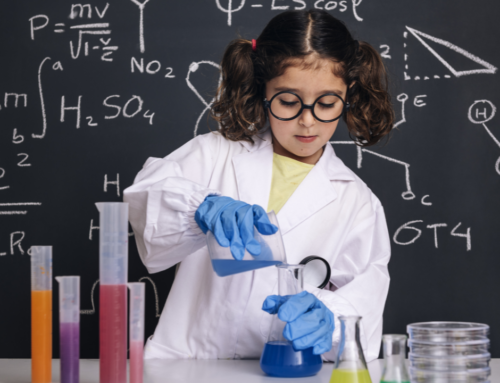
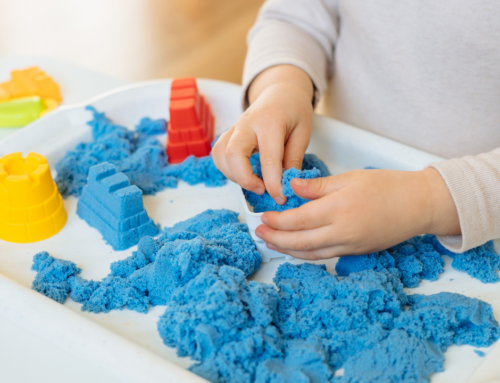
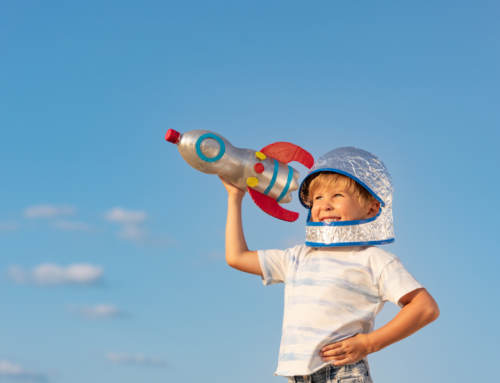

Leave A Comment
You must be logged in to post a comment.